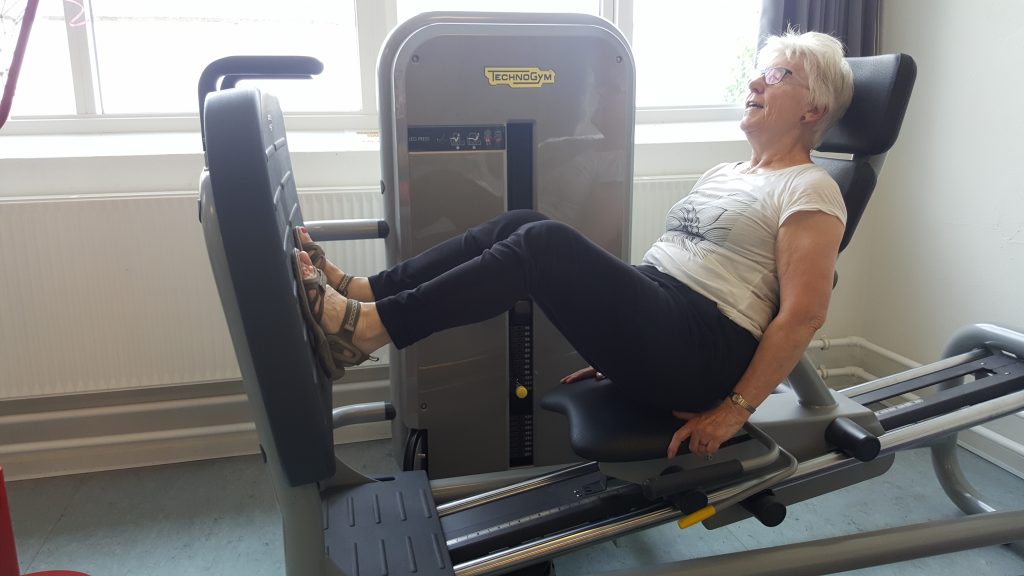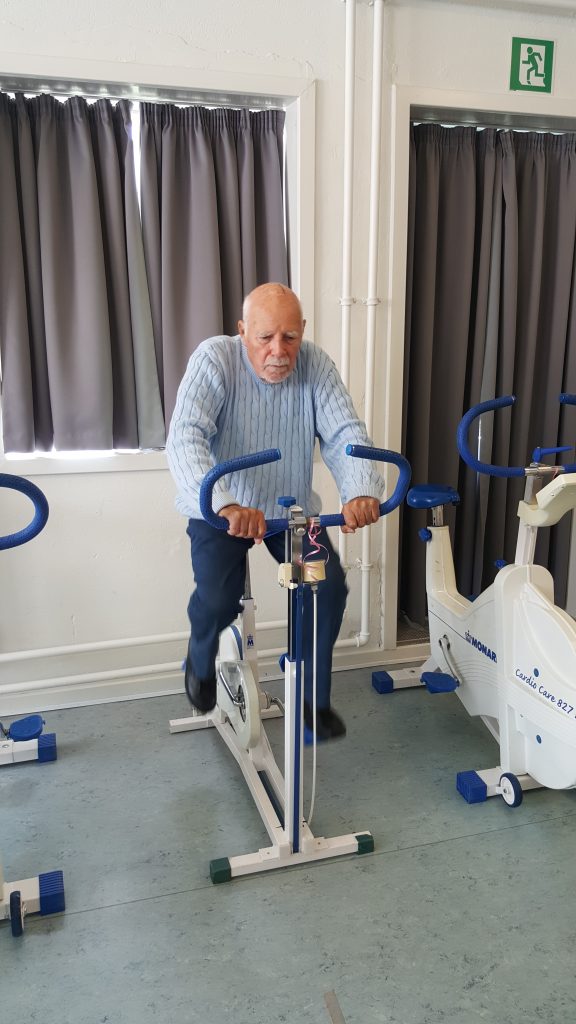

Physical activity has well documented health benefits (Pedersen et al., 2006). It is well established that physical activity plays a key role in the prevention of non-communicable diseases and disabilities among the elderly due to its close relationship with many of the chronic diseases and disabilities that largely affect the elderly, such as cardiovascular disease, cancer, type 2 diabetes, accidental falls, obesity, metabolic syndrome, mental disorders, and musculoskeletal diseases (Dishman et al., 2013). The beneficial effects of a physically active lifestyle on various health outcomes have been investigated in many studies and led to the clear recommendation to maintain or engage in a physically active lifestyle (Physical Activity Guidelines Advisory Committeereport, 2009). Increased PA is closely linked to attenuating cognitive and functional decline over time, even in a dose-dependent fashion and inversely related to mortality (Bembom et al., 2009; Studenski et al., 2011). Randomised controlled trials (RCTs) have shown favourable findings in patients with various chronic conditions (Kujala, 2009). Recently, physical activity hasbeen discussed as an important step on the pathway to disability (Hirsch et al., 2010; Motl et al.,2010). Despite recent calls to encourage physical activity as a strategy to forestall the emerging burden of chronic conditions, population level trends in physical activity are discouraging. Approximately two thirds of the European population are below the recommended levels of physical activity for disease prevention, which is especially relevant in older people (Williams et al., 2007).
